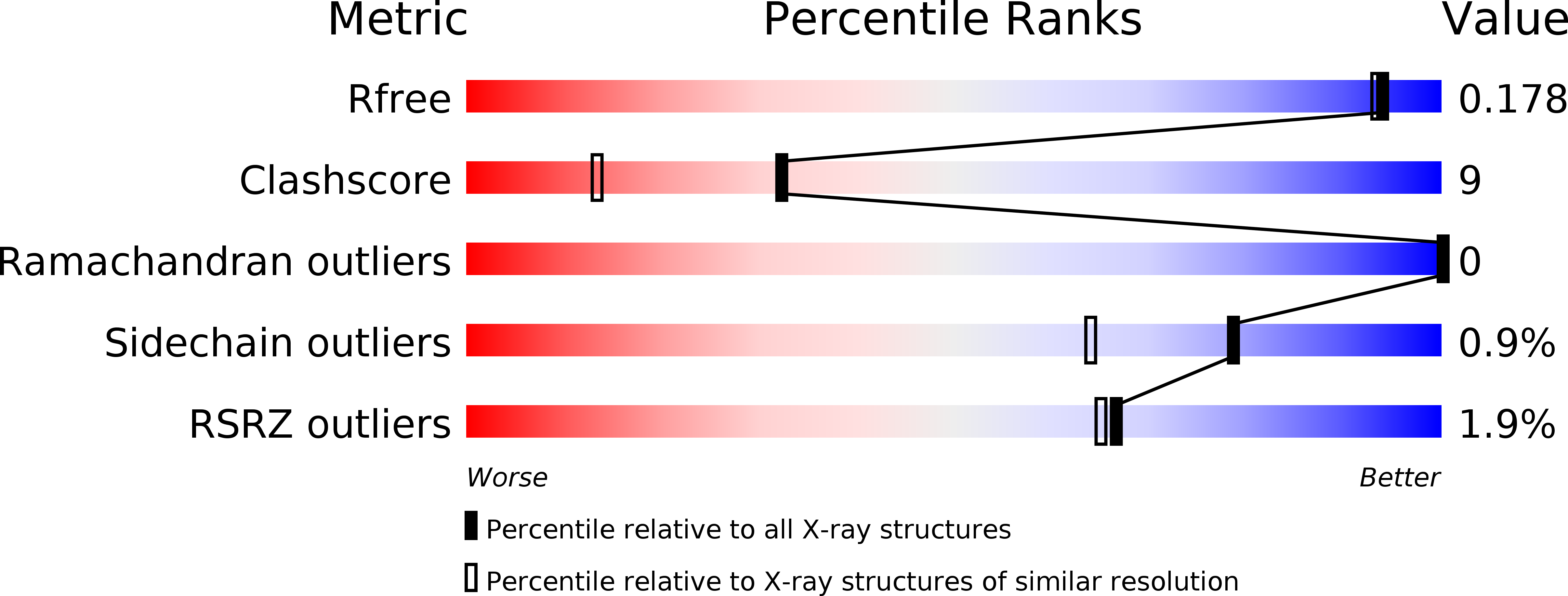
Deposition Date
2012-07-06
Release Date
2013-06-12
Last Version Date
2024-10-16
Entry Detail
PDB ID:
4B16
Keywords:
Title:
crystal structure of tamarind chitinase like lectin (TCLL) complexed with N-acetyl glucosamine (GlcNAc)
Biological Source:
Source Organism:
TAMARINDUS INDICA (Taxon ID: 58860)
Method Details:
Experimental Method:
Resolution:
1.61 Å
R-Value Free:
0.18
R-Value Work:
0.14
R-Value Observed:
0.14
Space Group:
P 43 21 2


